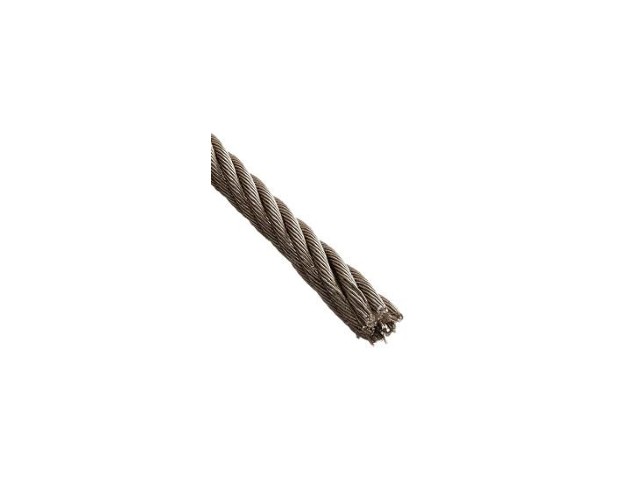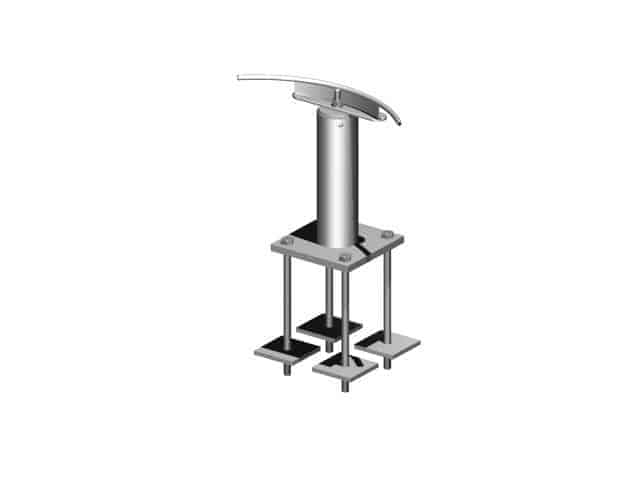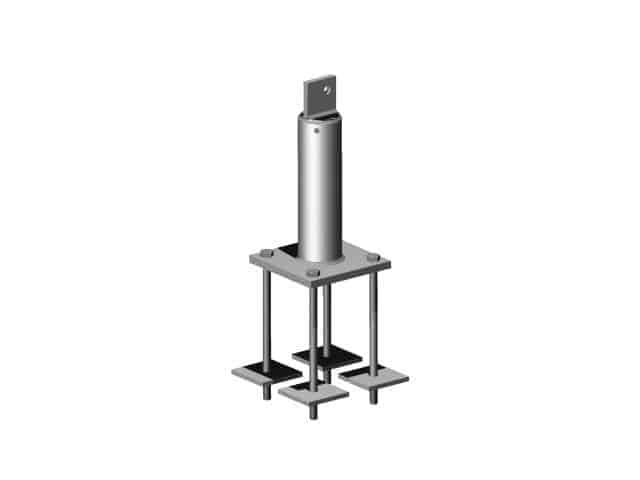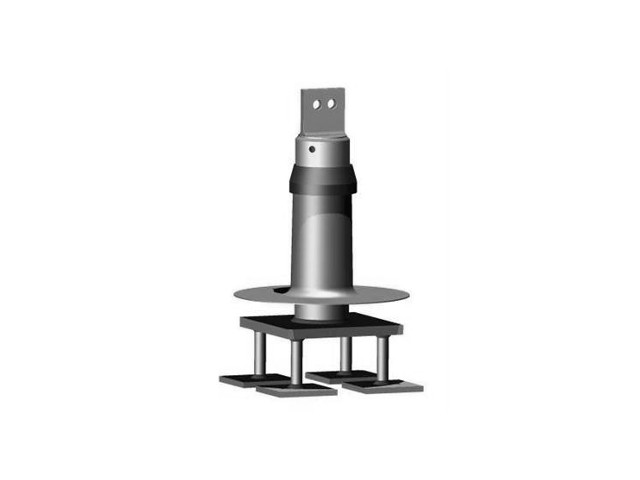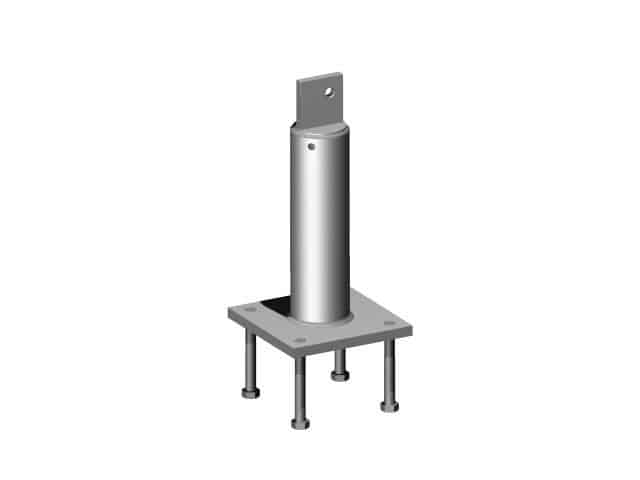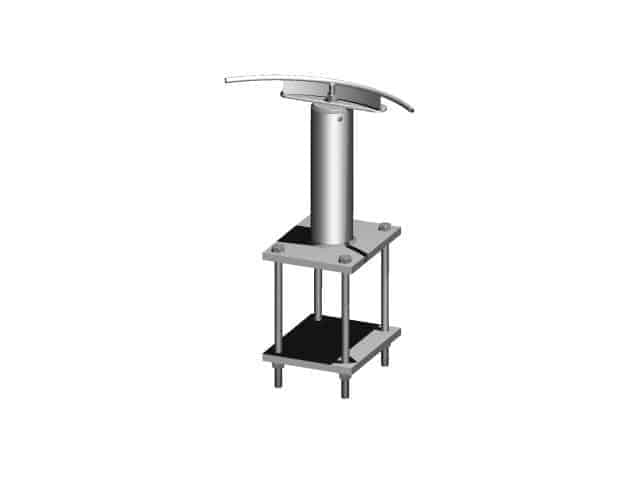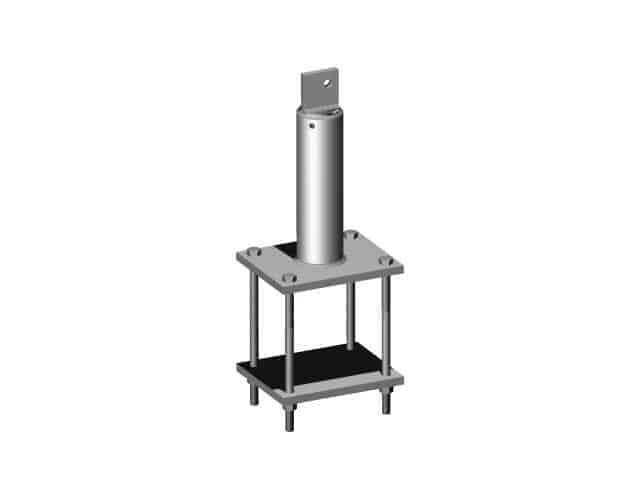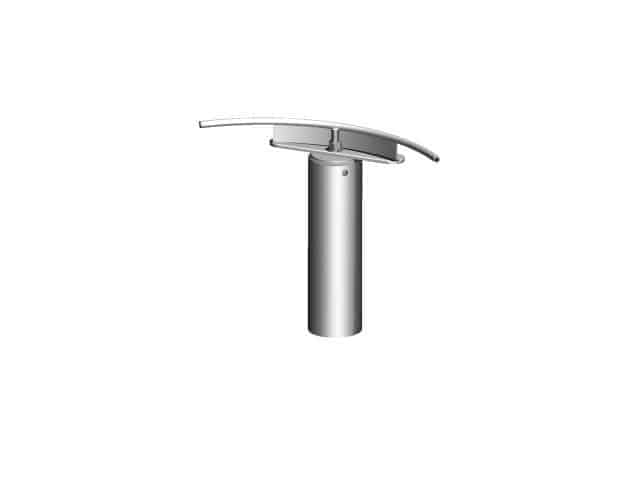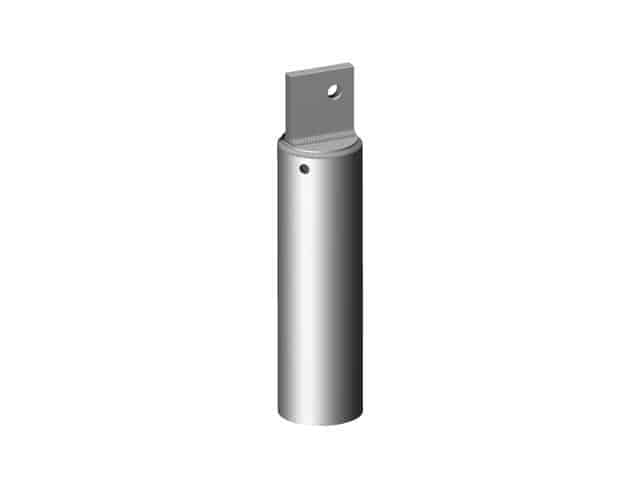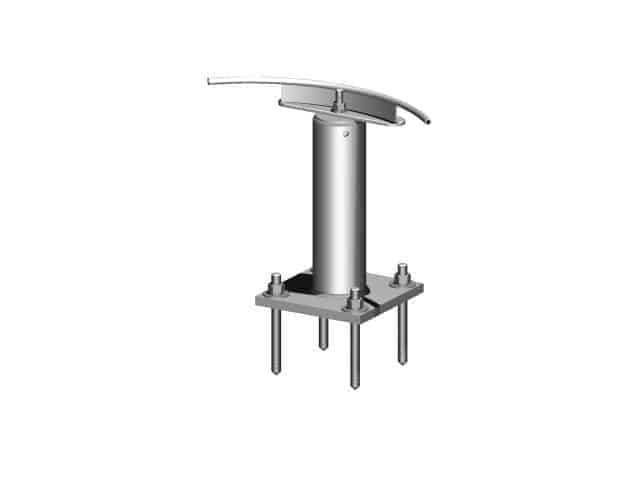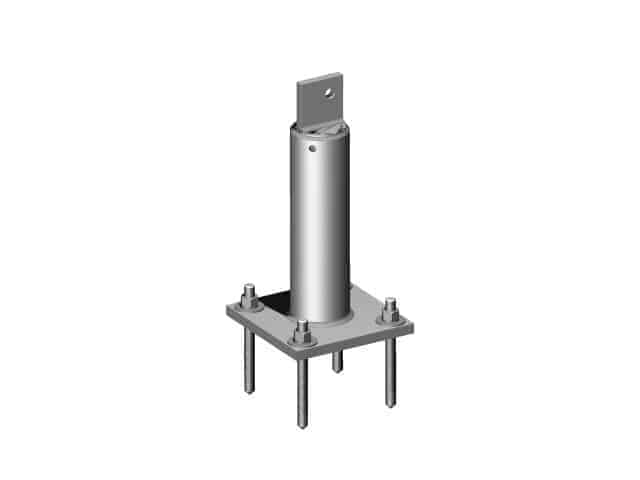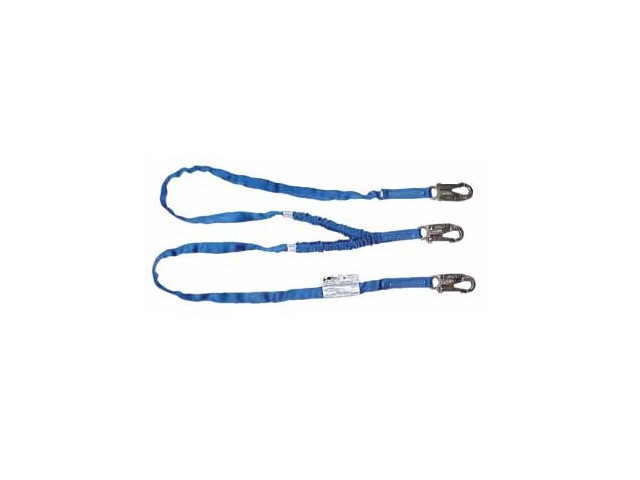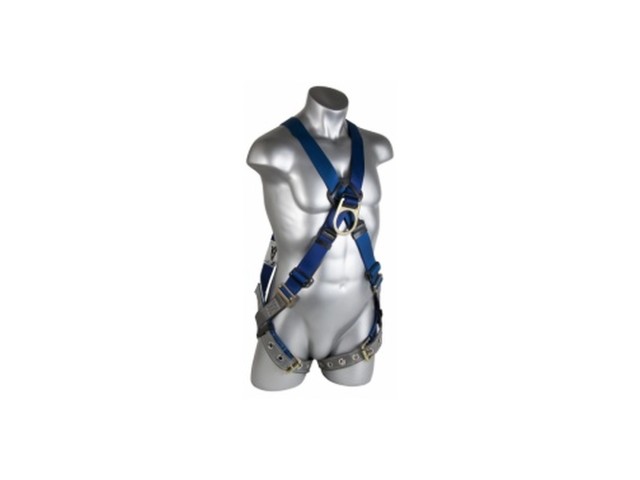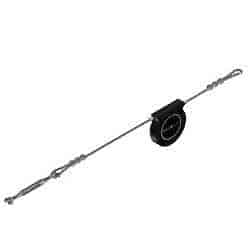Horizontal Cable Lifeline Systems
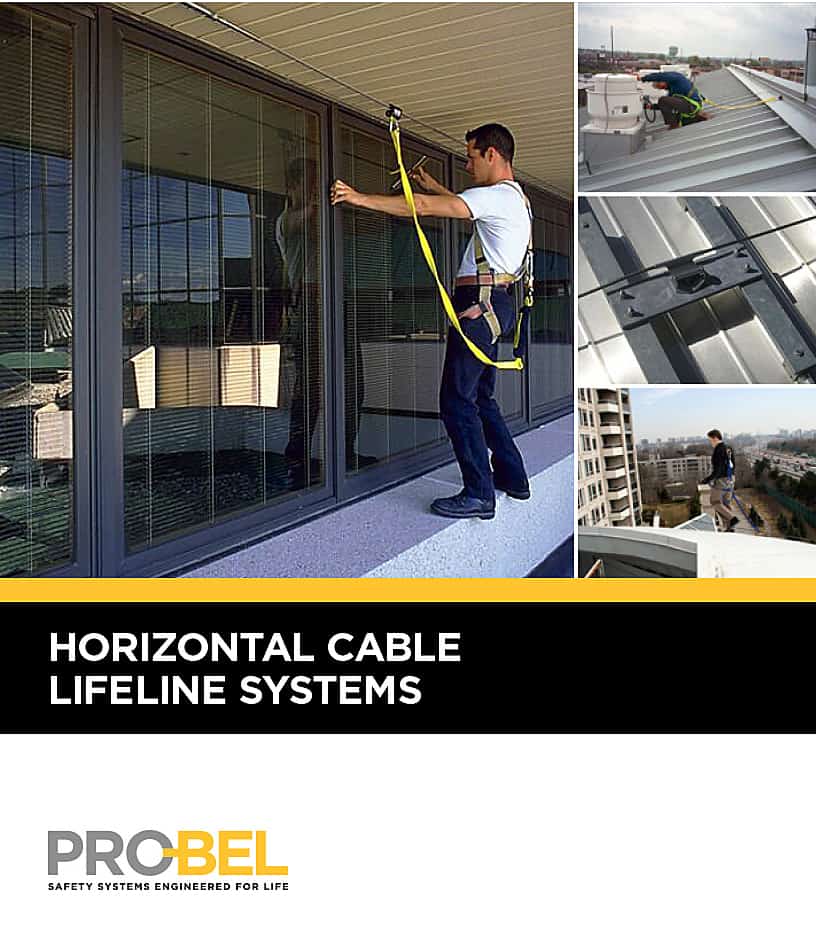
A horizontal lifeline system refers to a type of fall restraint system that consists of permanent roof anchors and the titular horizontal lifeline. These systems ensure any rooftop worker is restrained from going over the roof edge and are a staple of rooftop fall protection.
For workers who require safe horizontal mobility over long distances within the proximity of a vertical drop, single-point anchors may prove neither viable nor appropriate. As a practical solution to this common problem, Pro-Bel recommends the use of a horizontal cable lifeline system - a permanently installed, multi-span anchored cable that works as an attachment point for travel restraint or fall protection. Due to the often-particular nature of structures that demand this type of system, horizontal lifelines fall under the category of highly restricted fall protection and require extremely careful engineering - the very type of engineering for which Pro-Bel is known.
When Horizontal Lifelines are used for Fall Protection
A horizontal lifeline is used for horizontal, sloped, or vertical mobility over extended distances while working close to a vertical drop e.g. within 6'-0" (1.8 m) of roof edge, skylight, or any high, narrow, level roof area or walkway not protected by a 42" (1.067m) high guardrail. Horizontal Lifelines act as an alternative to single anchor points when independent anchors do not provide the required degree of safety.
Generally, the intent of a horizontal cable lifeline is to provide safe horizontal movement to a workstation and back again. In the case of window cleaning operations on most high-rise buildings, the intent is to provide safe passage to the window cleaning equipment while allowing the window cleaner to move about and set up both primary equipment (stage, cage, or bosun's chair) and lifelines. In this instance, the window cleaner must be able to disconnect the "lanyard cable runner" anywhere along the cable i.e. at any given workstation, and take it down to the ground while cleaning and back up to the roof again for reconnection to the horizontal cable, for safe passage to the next workstation or entry/exit position.
When this fall protection is used
For horizontal mobility over extended distances while working close to a vertical drop e.g. within 6'-0" (1.8 m) of the roof edge. They are a common form of fall restraint and an alternative to single anchor points when individual anchors do not provide the required degree of safety.
Types of horizontal lifeline systems
1." Hands-Free" Horizontal Lifeline:
A stainless steel 5/16" (8 mm) cable system employing a runner that follows the worker along the cable and mechanically bypasses all intermediate brackets without disconnecting thereby providing continuous "hands-free" protection regardless of travel surface geometry.
Examples of hands-free horizontal lifeline equipment:
2. Double Lanyard (DL) Horizontal Lifeline:
A galvanized or stainless steel 5/16" (8 mm) cable system employing a double lanyard method of providing 100% tie-off and an inline shock absorber to reduce the applied loads to the end and corner anchors. The DL system is more economical than the "Hands-Free" system, however, there is a human error element of risk if workers are completely detached during the transfer procedure required on either side of anchor points i.e. non-continuous.
Examples of Double lanyard equipment:

